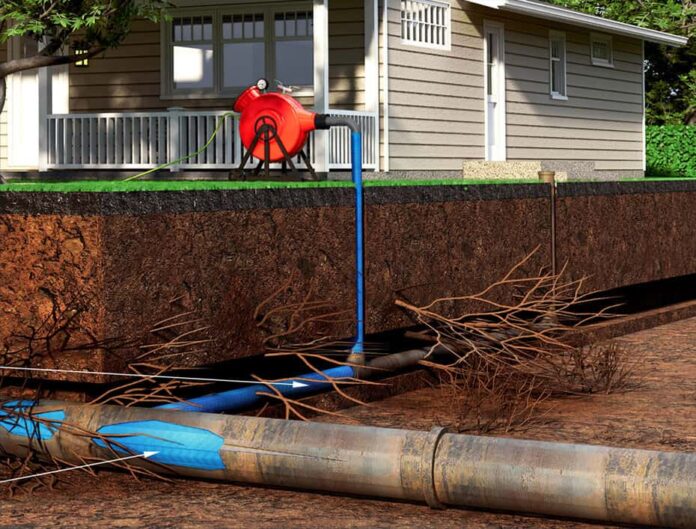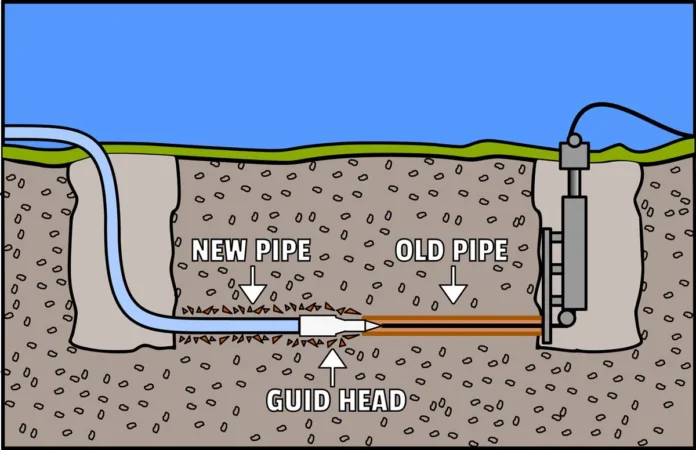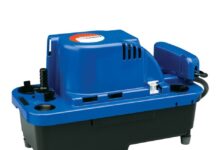
As a homeowner, you never want to think about sewer problems, but unfortunately, they are a reality that many homeowners have to deal with at some point. When it comes to fixing sewer lines, you have two options: traditional excavation or trenchless sewer repair. Both methods have their advantages and disadvantages, but ultimately, the decision depends on your specific needs and budget.
Traditional excavation involves digging a trench to access the damaged pipe, removing the old pipe, and replacing it with a new one. This method is tried and true, but it is also expensive and time-consuming. The excavation process can take days, and it requires a lot of heavy equipment and manpower. Additionally, the excavation process can be disruptive to your yard and landscaping, leaving you with a big mess to clean up.

Trenchless sewer repair, on the other hand, is a newer method that is gaining popularity among homeowners. This method involves using advanced technology to repair or replace damaged sewer lines without the need for excavation. There are two main types of trenchless sewer repair: pipe lining and pipe bursting.
Pipe lining involves inserting a flexible liner into the existing damaged pipe. The liner is then inflated, causing it to adhere to the inside of the pipe and create a new, seamless pipe within the old one. This method is ideal for fixing small cracks and leaks in the pipe.
Pipe bursting involves pulling a new pipe through the old one while simultaneously breaking apart the old pipe. This method is ideal for replacing an entire section of pipe that is damaged beyond repair.
One of the biggest advantages of trenchless sewer repair is that it is much less disruptive than traditional excavation. Because there is no need for excavation, your yard and landscaping will remain intact, and you won’t have to worry about repairing any damage caused by heavy equipment. Additionally, it is much faster than traditional excavation, meaning you will be back to your normal routine in no time.
Another advantage of trenchless sewer repair is that it is often less expensive than traditional excavation. While the cost can vary depending on the extent of the damage and the method used, it is typically less expensive because it requires less labor and equipment.

Of course, trenchless sewer repair is not without its disadvantages. One potential drawback is that it may not be suitable for all types of sewer problems. For example, if your sewer line is collapsed or severely damaged, trenchless sewer repair may not be a viable option. Additionally, because this type of repair involves working with existing pipes, it may not be as durable as a completely new pipe installed through traditional excavation.
Ultimately, the most important thing is to work with a reputable and experienced plumber who can assess your specific situation and recommend the best course of action. With the right plumber on your side, you can rest easy knowing that your sewer problems will be fixed quickly and efficiently, without breaking the bank or disrupting your life.








